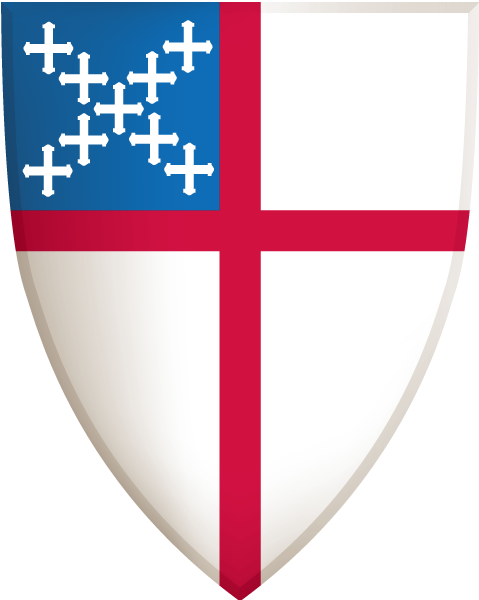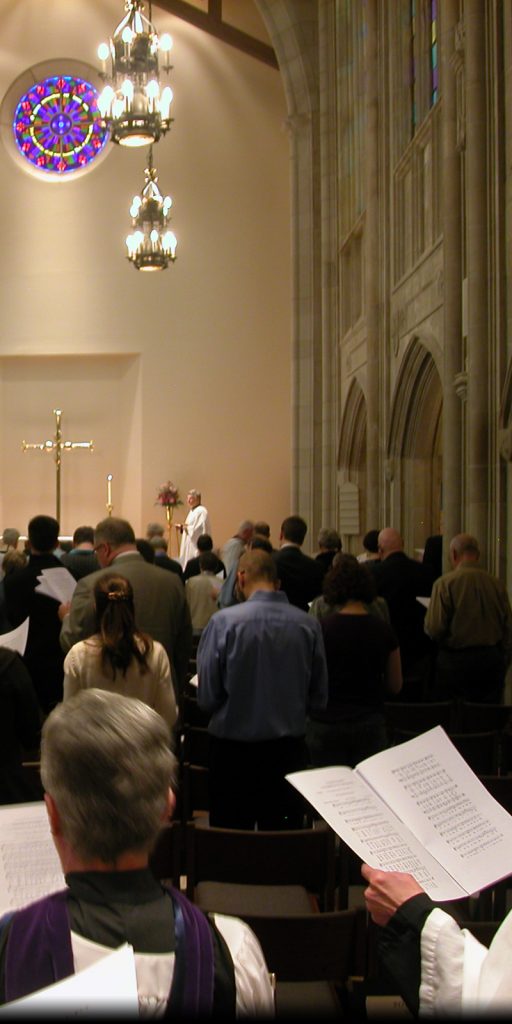Eucharistic Bread
Bread is consecrated at the Eucharist. The bread recalls the work of human hands required to harvest the wheat and make the bread, and the companionship of sharing. The wine at the Eucharist recalls festivity and celebration, along with sacrifice. These elements of the communal meal are offered by the congregation and blessed during the Great Thanksgiving.
Following a widespread and ancient tradition, congregations of the Episcopal Church use bread made from wheat and wine made from grapes. The bread may be leavened or unleavened. The Bread may be in the form of wafers or a loaf that is broken for distribution. At the Chapel’s 10 am service, we use loaves of bread made by members of the congregation. Wafers are used at other services. Gluten-free wafers are available at all services. The Book of Common Prayer makes no provision for the replacement of bread and wine with other eucharistic elements. For example, unfermented grape juice is not used for the eucharist in the Episcopal Church.

Baked Eucharistic Bread – A loaf of bread baked by Chapel members for Sunday at 10 am using the Chapel’s bread recipe.

Gluten free wafers – Used for those allergic to wheat gluten.
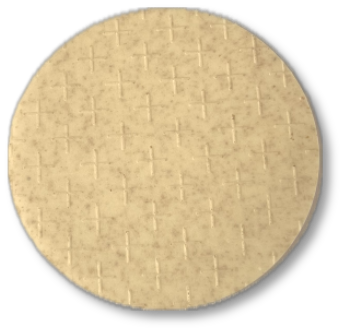
Priest host – Used at 8 am and weekdays.
Eucharistic Linens
These are cloths used at the altar during the celebration of the Holy Eucharist.
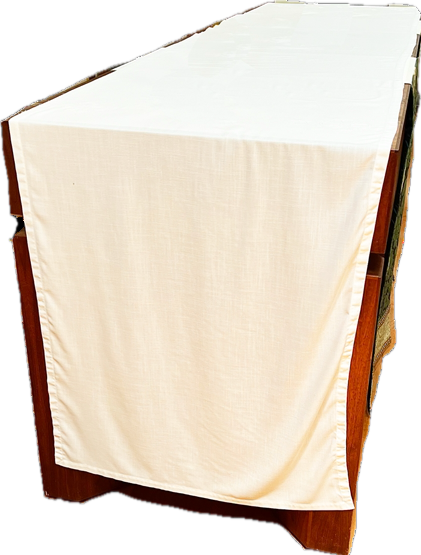
Fair linen – A long white cloth that covers the top of the altar. It typically hangs down some distance over the ends of the altar. It may be embroidered with five crosses, one on each corner and one in the center.
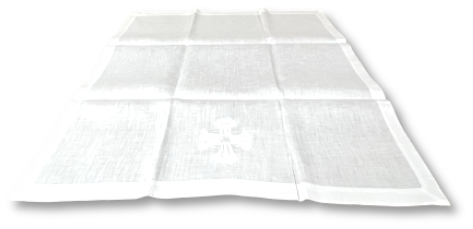
Corporal – From Latin corpus “body,” a corporal is a square white linen cloth, smaller than the breadth of the altar, upon which the chalice and paten and bread and wine are placed during the Eucharist.
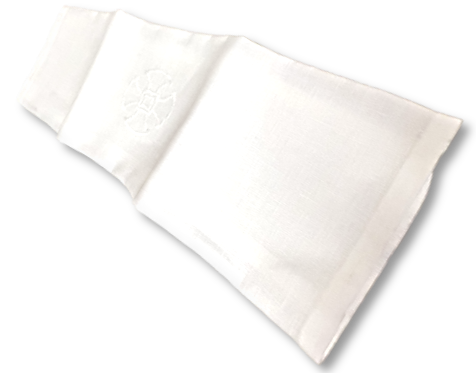
Purificator – A white linen cloth which is used to wipe the chalice after each communicant partakes.
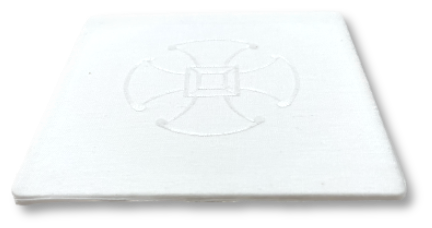 Pall – A stiffened square card covered with white linen, a pall is usually embroidered with a cross, or some other appropriate symbol. The pall keeps dust and insects from falling into the Eucharistic elements.
Pall – A stiffened square card covered with white linen, a pall is usually embroidered with a cross, or some other appropriate symbol. The pall keeps dust and insects from falling into the Eucharistic elements.

Lavabo towel – This is a small rectangular white linen towel. It is used by the one presiding at the Eucharist to dry their hands after the Table is set at the offertory.
Altarware
 Bread basket – A basket that holds bread baked by Chapel parishioners that is presented at the Altar.
Bread basket – A basket that holds bread baked by Chapel parishioners that is presented at the Altar.
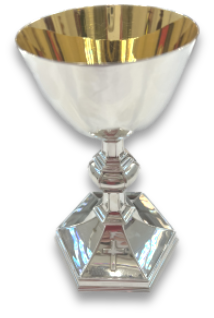
Chalice – A Chalice is the wine cup used in the celebration of the Eucharist.

Paten – This is a plate, typically made of gold or silver, used for holding the bread during the Eucharist.

Ciborium – A receptacle to hold wafers of bread to be consecrated at the Eucharist.
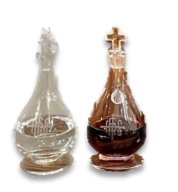
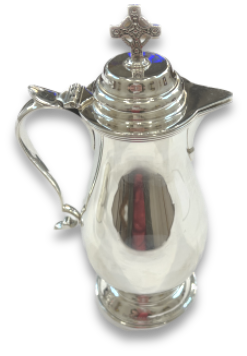
Cruets – Cruets are a vessel to hold wine or water at the Eucharist.

Lavabo Bowl – A bowl used to catch water from the ritual washing of the hands of the priest after the offertory.
